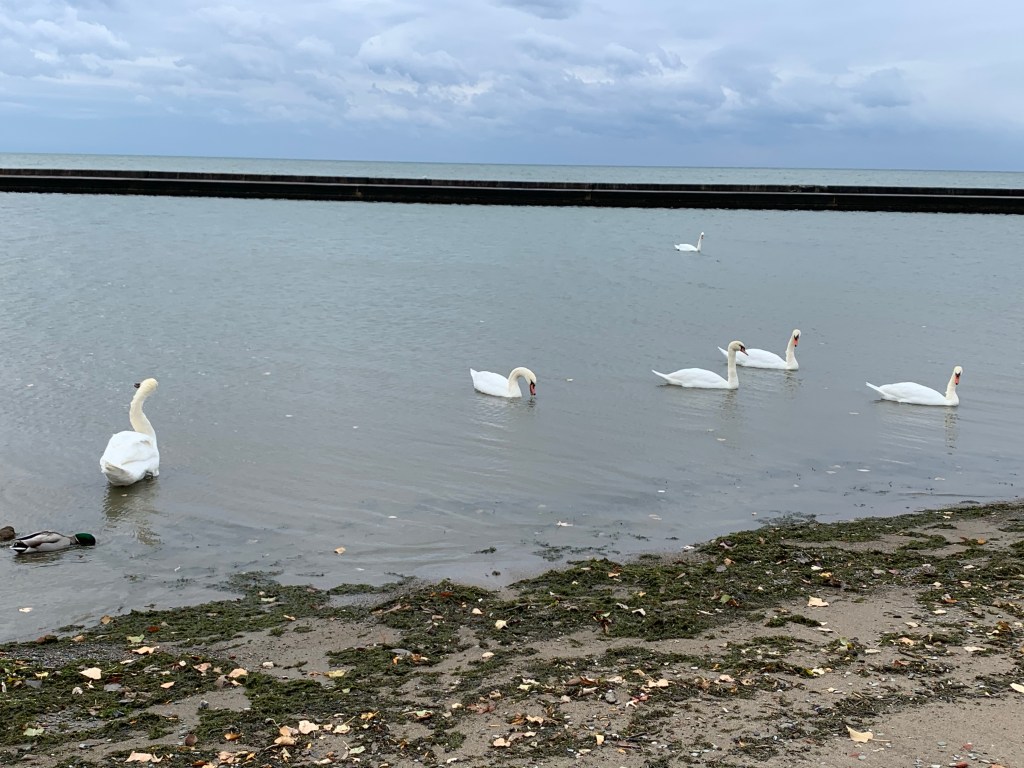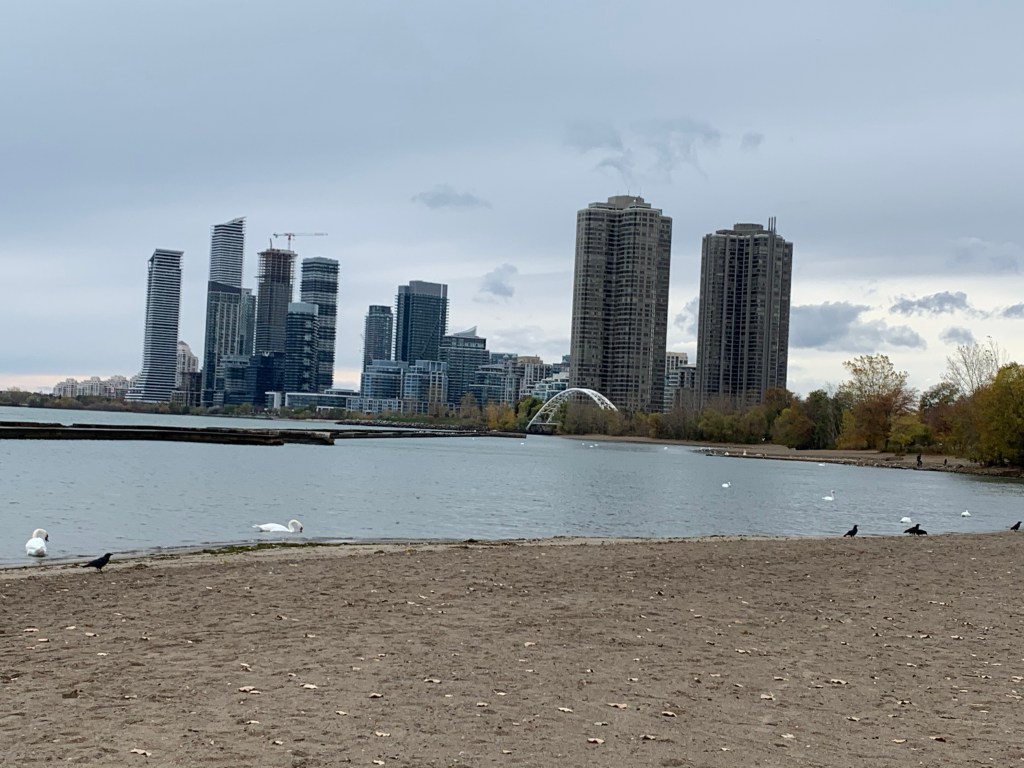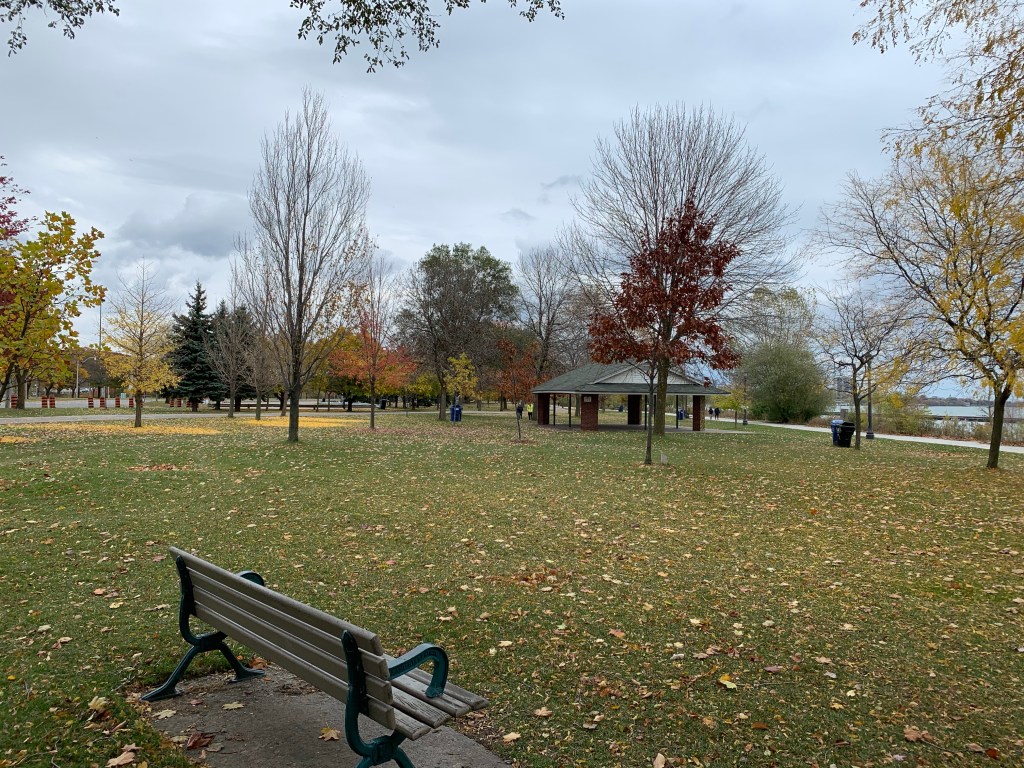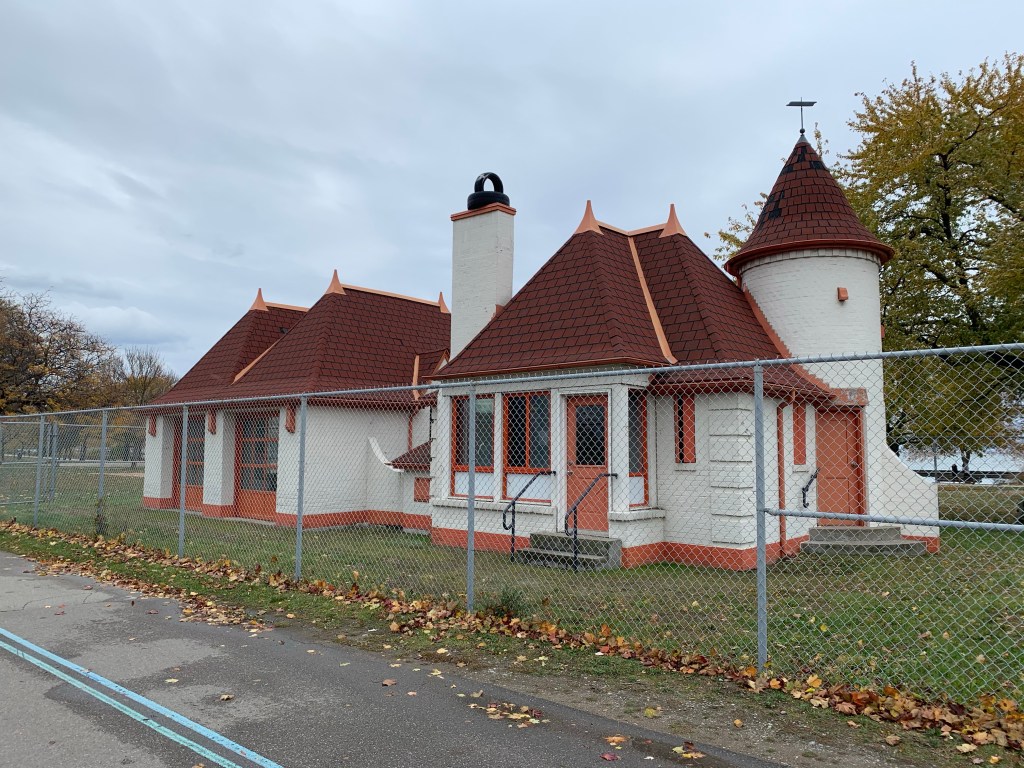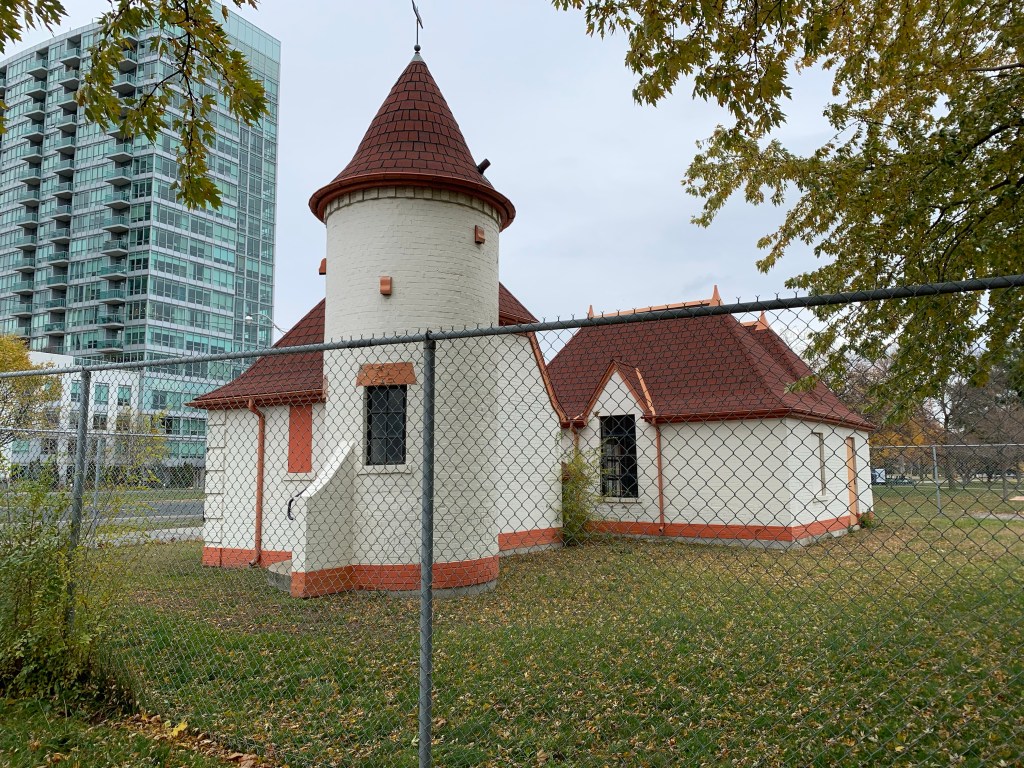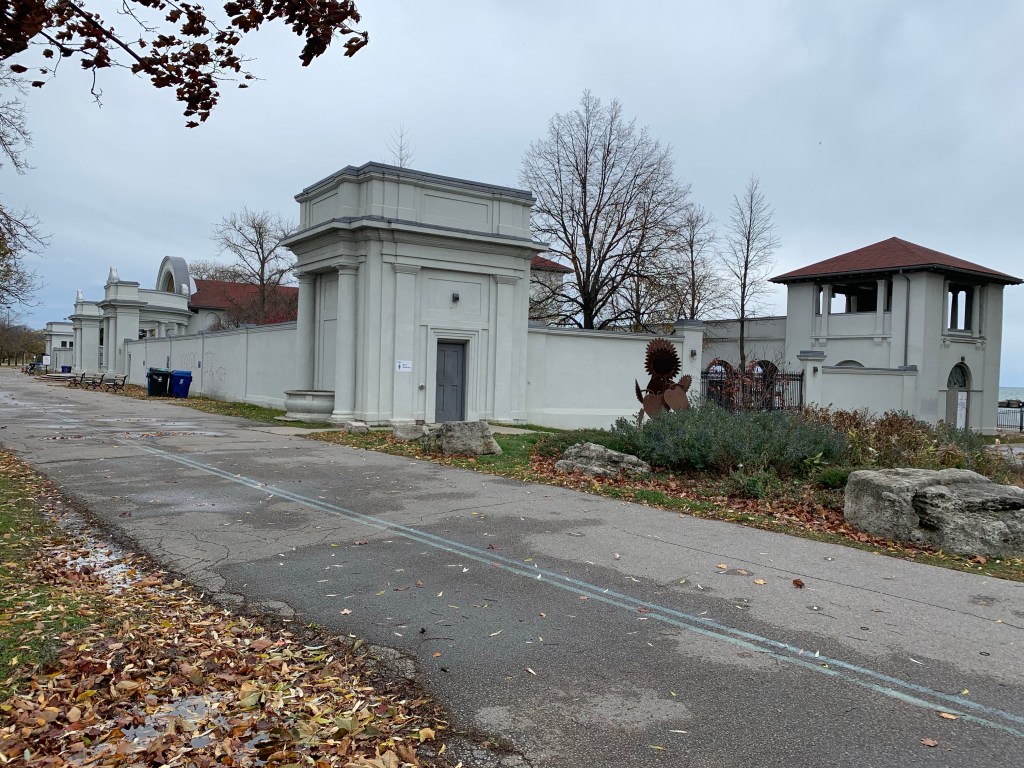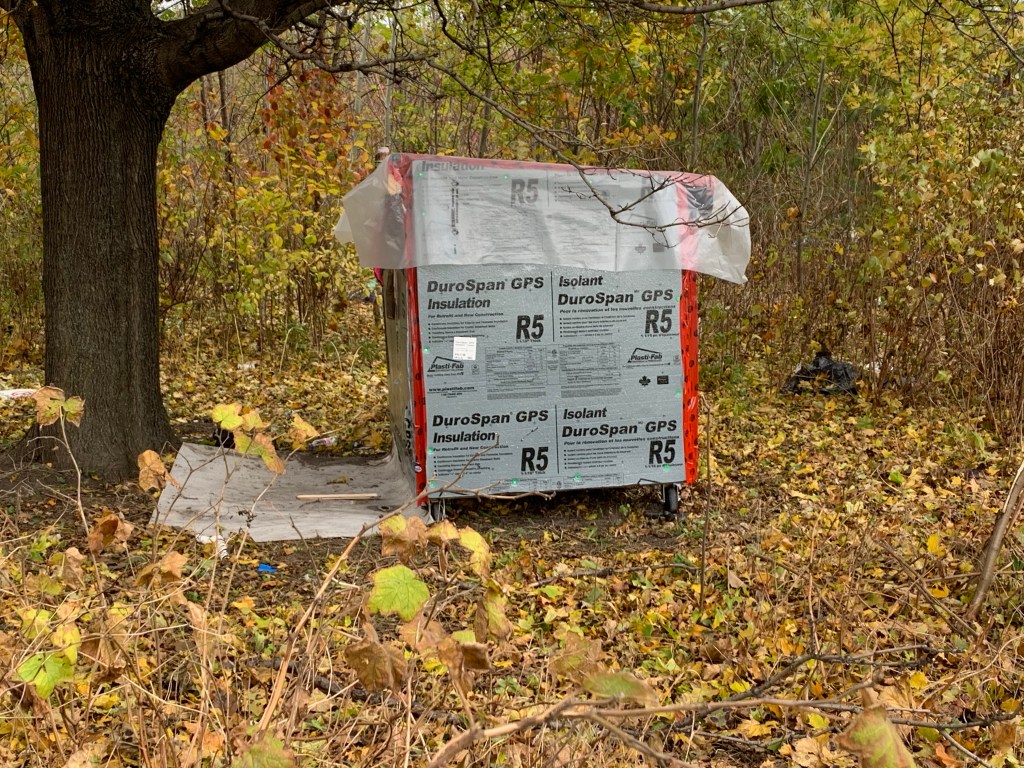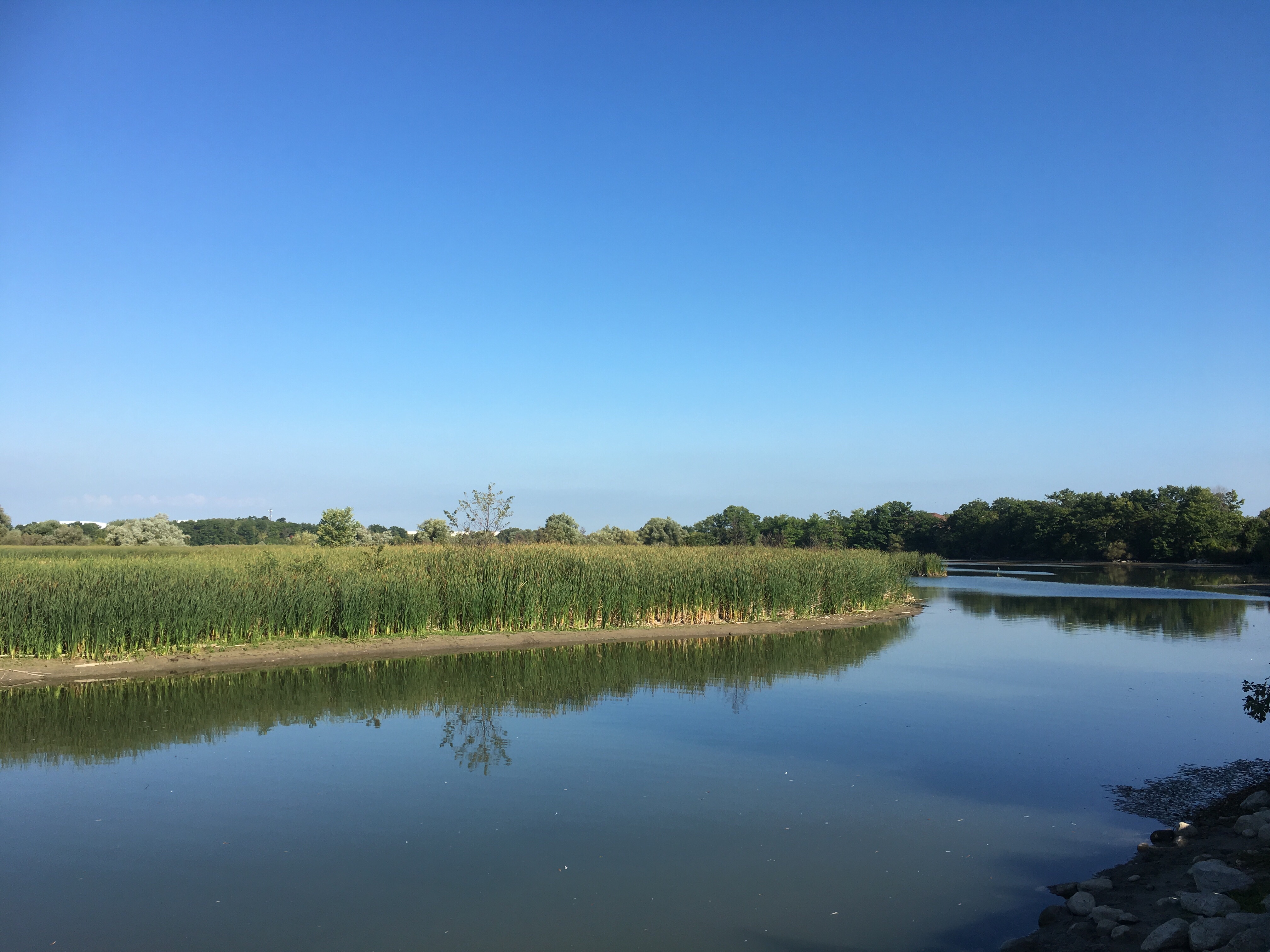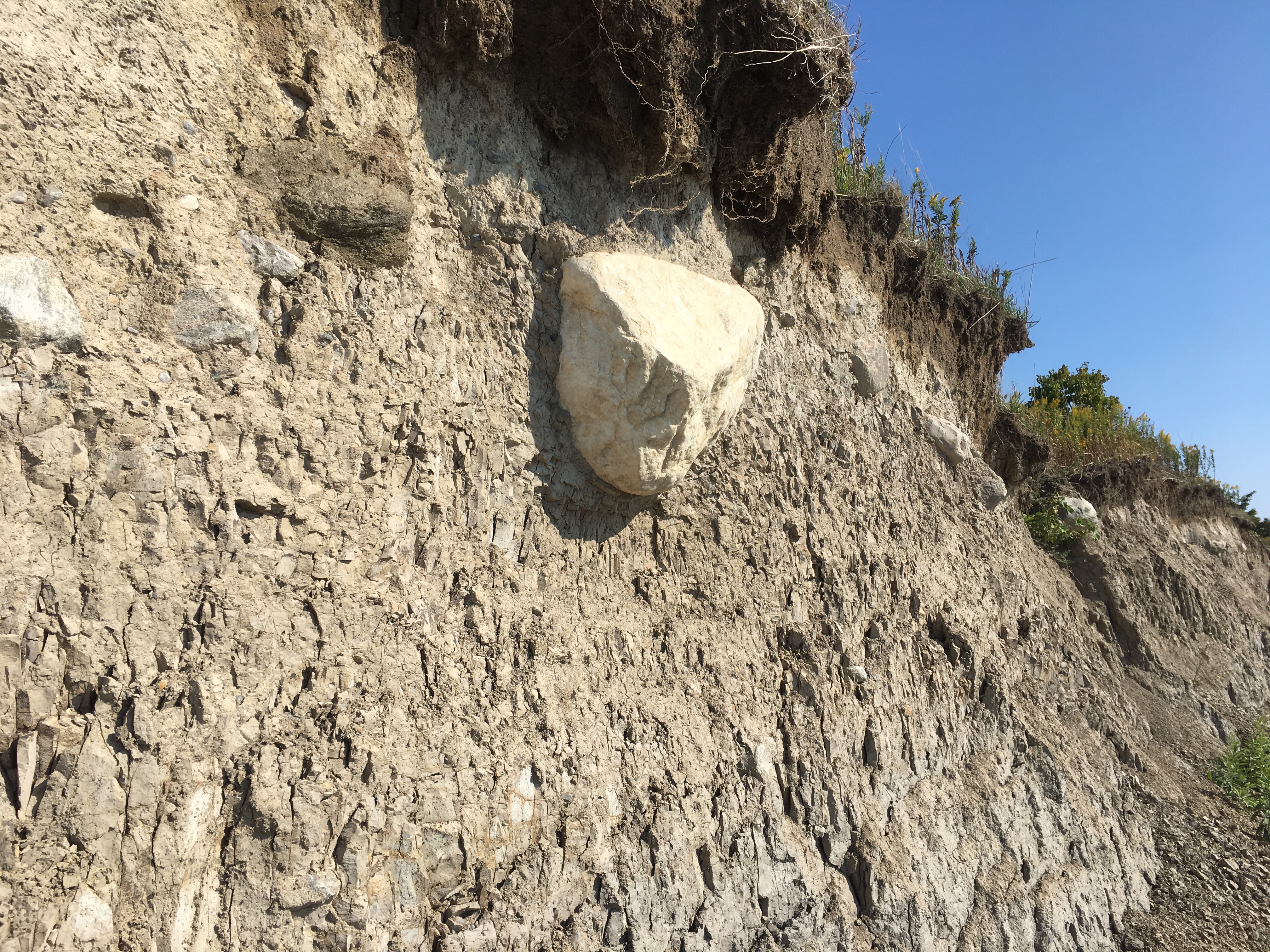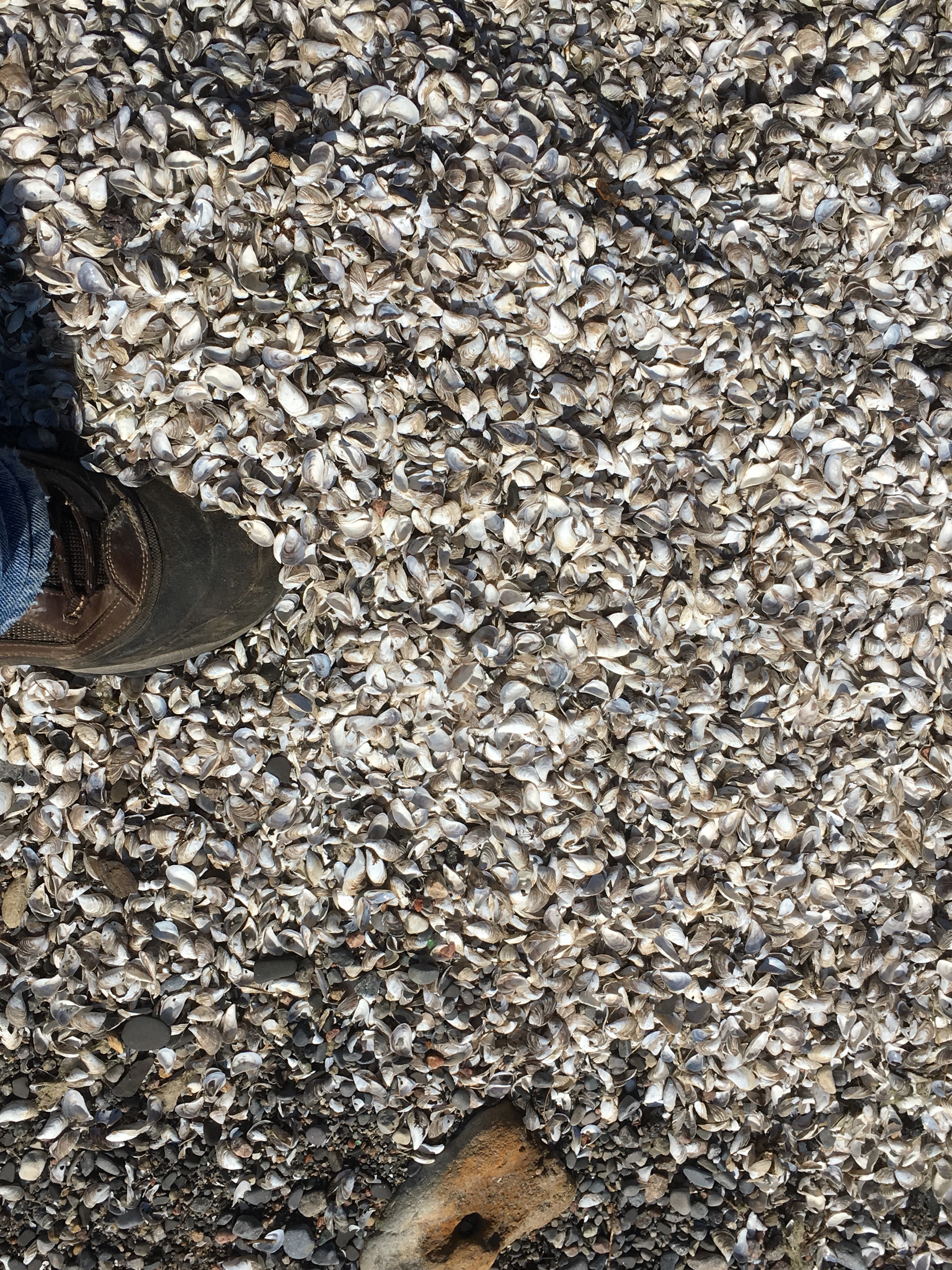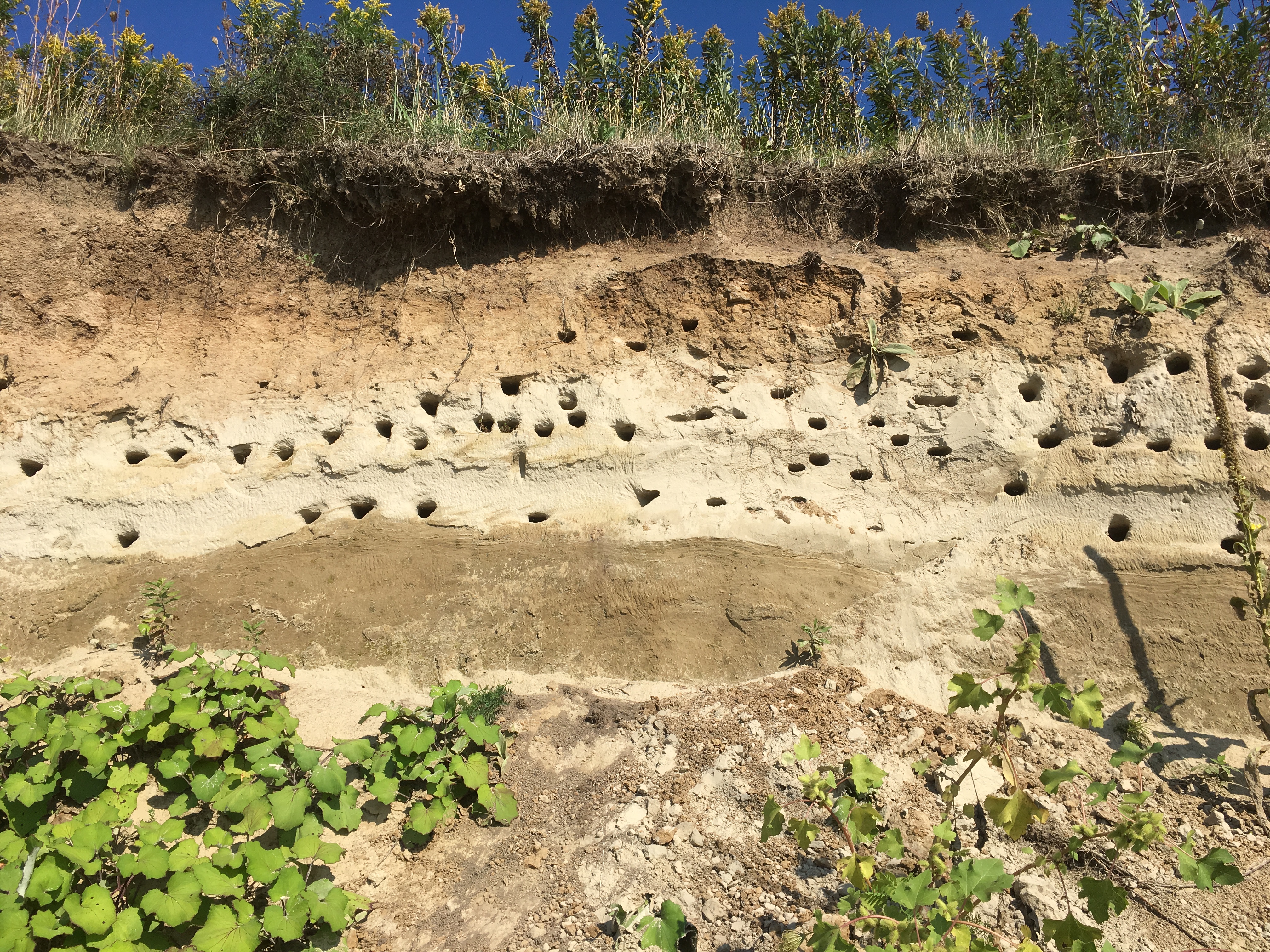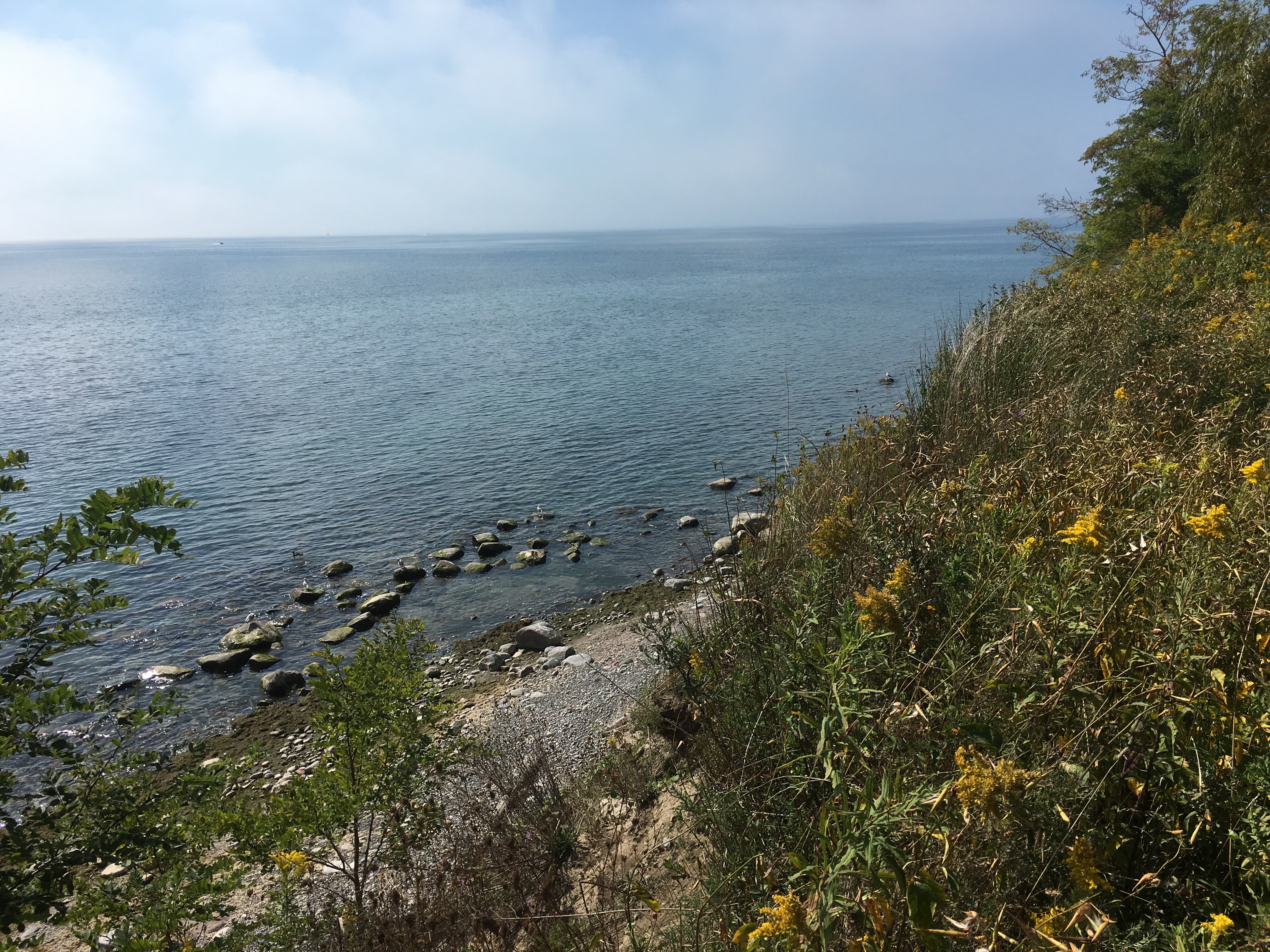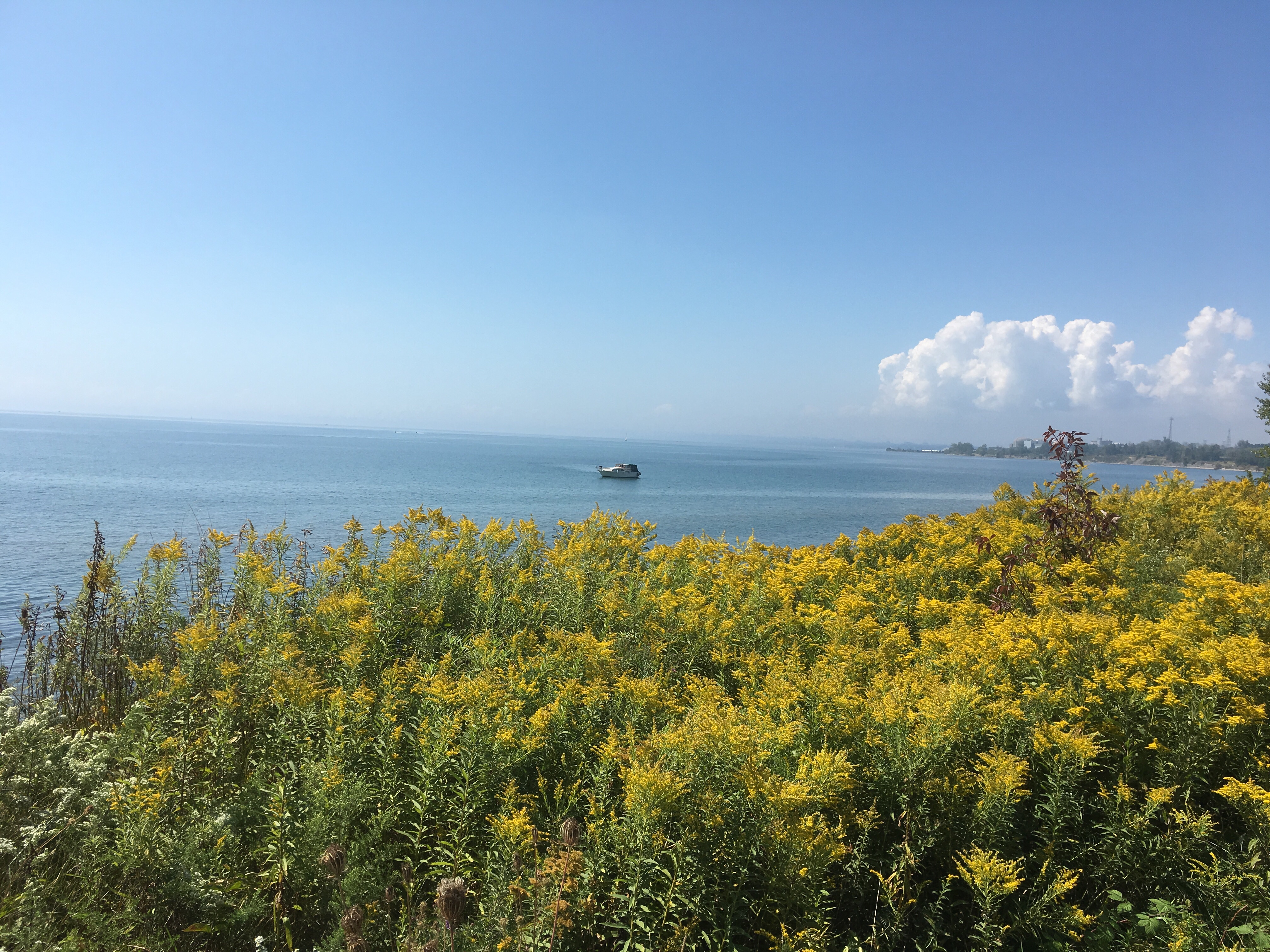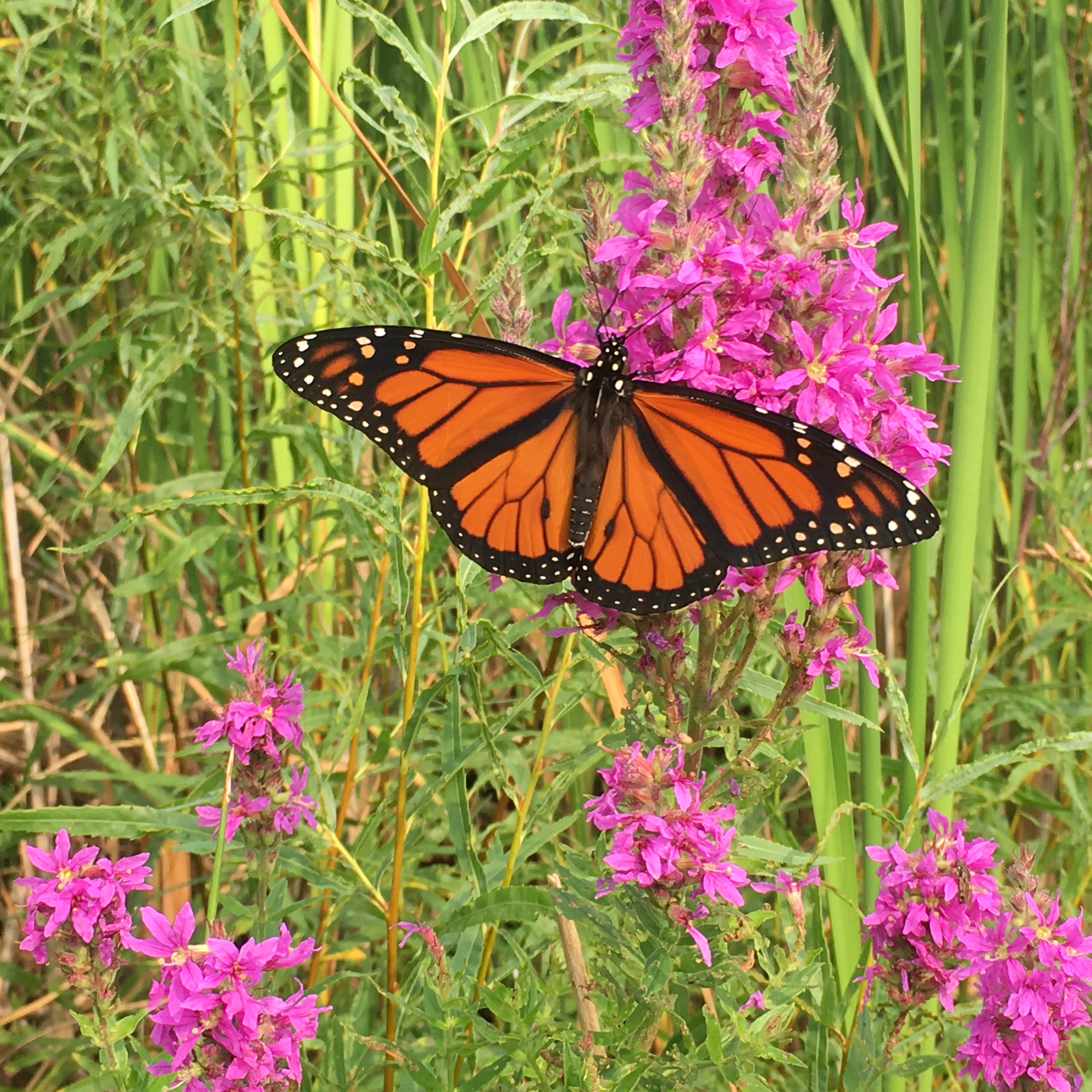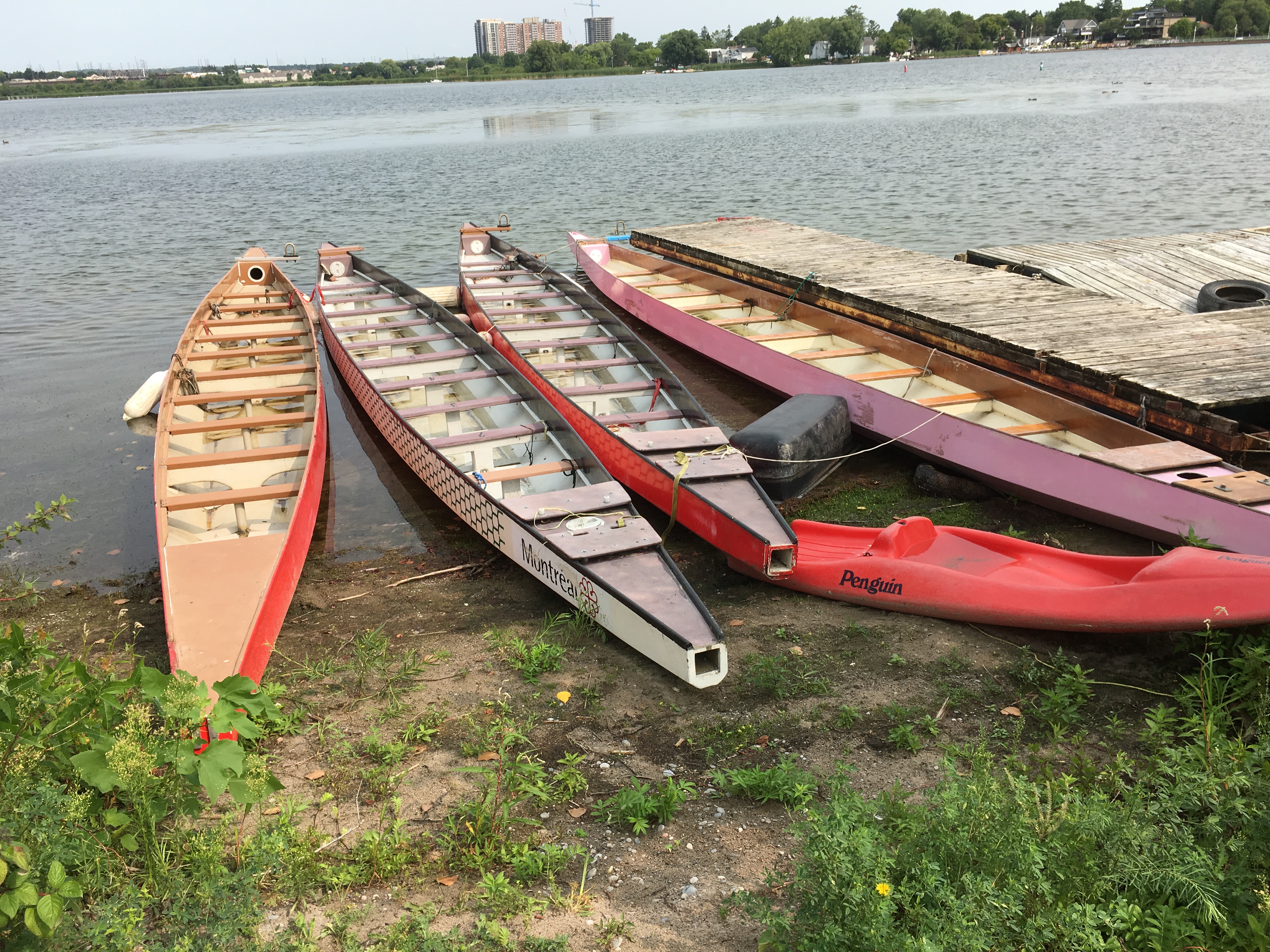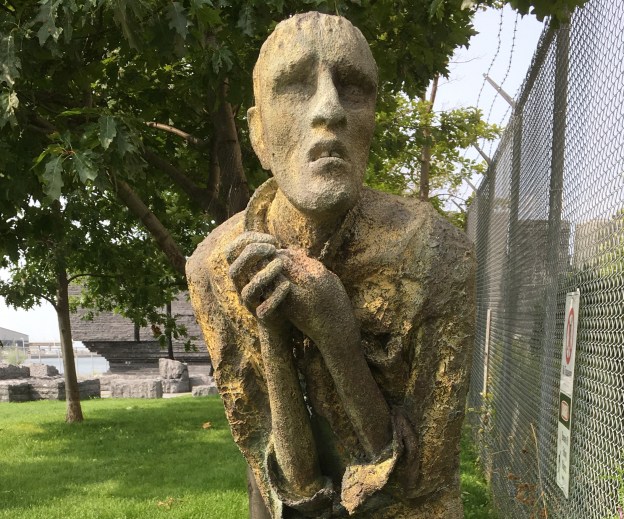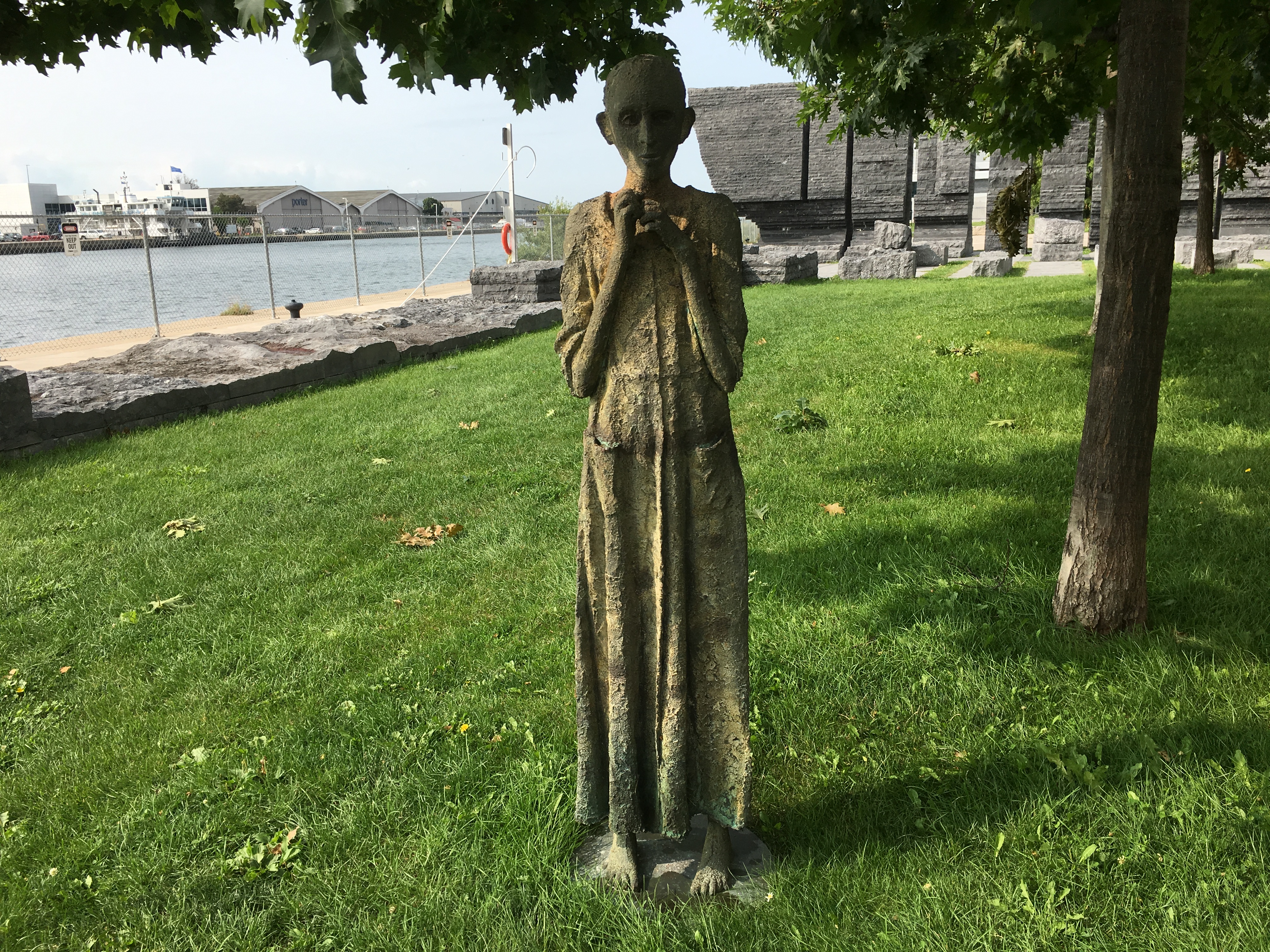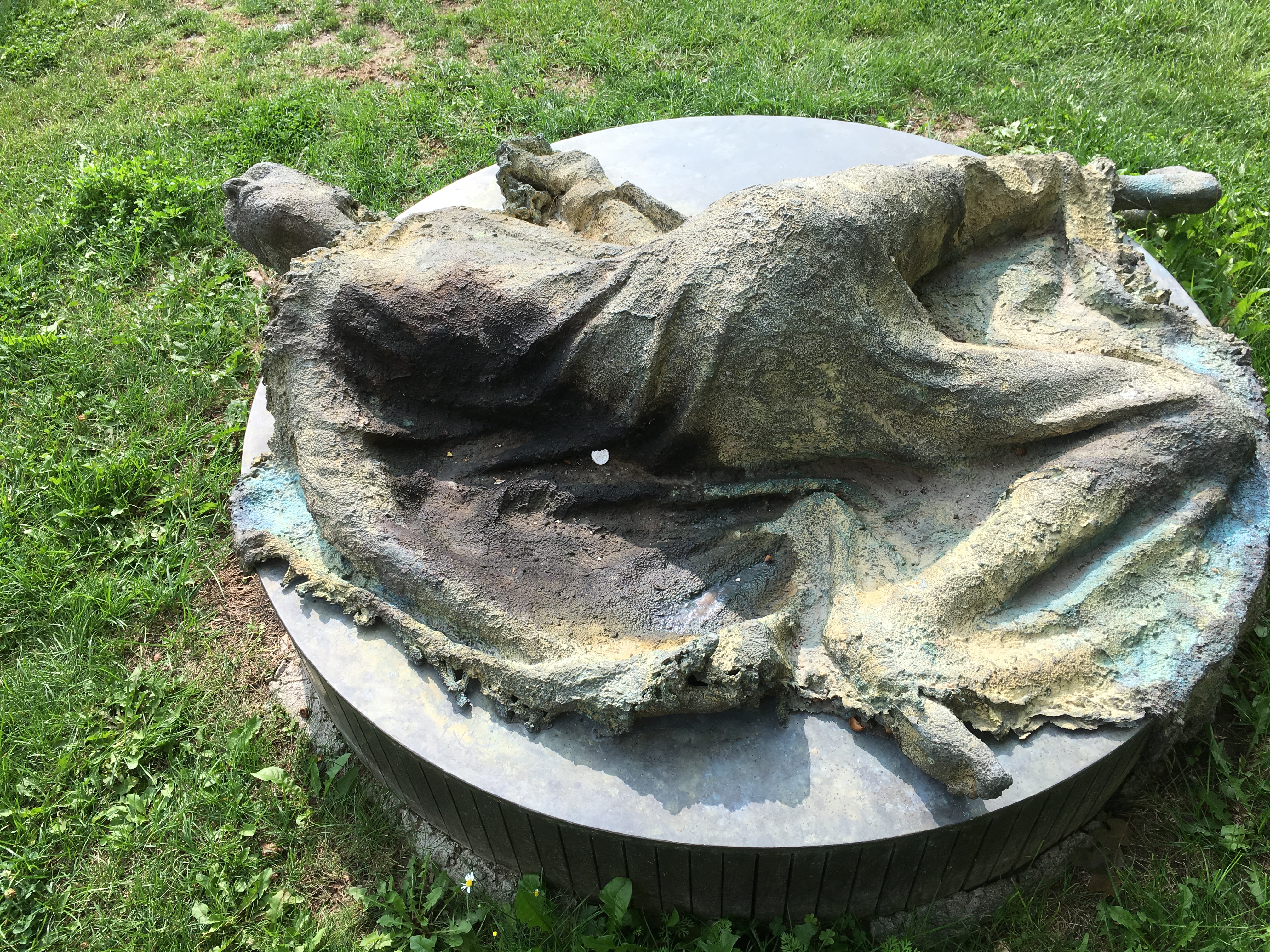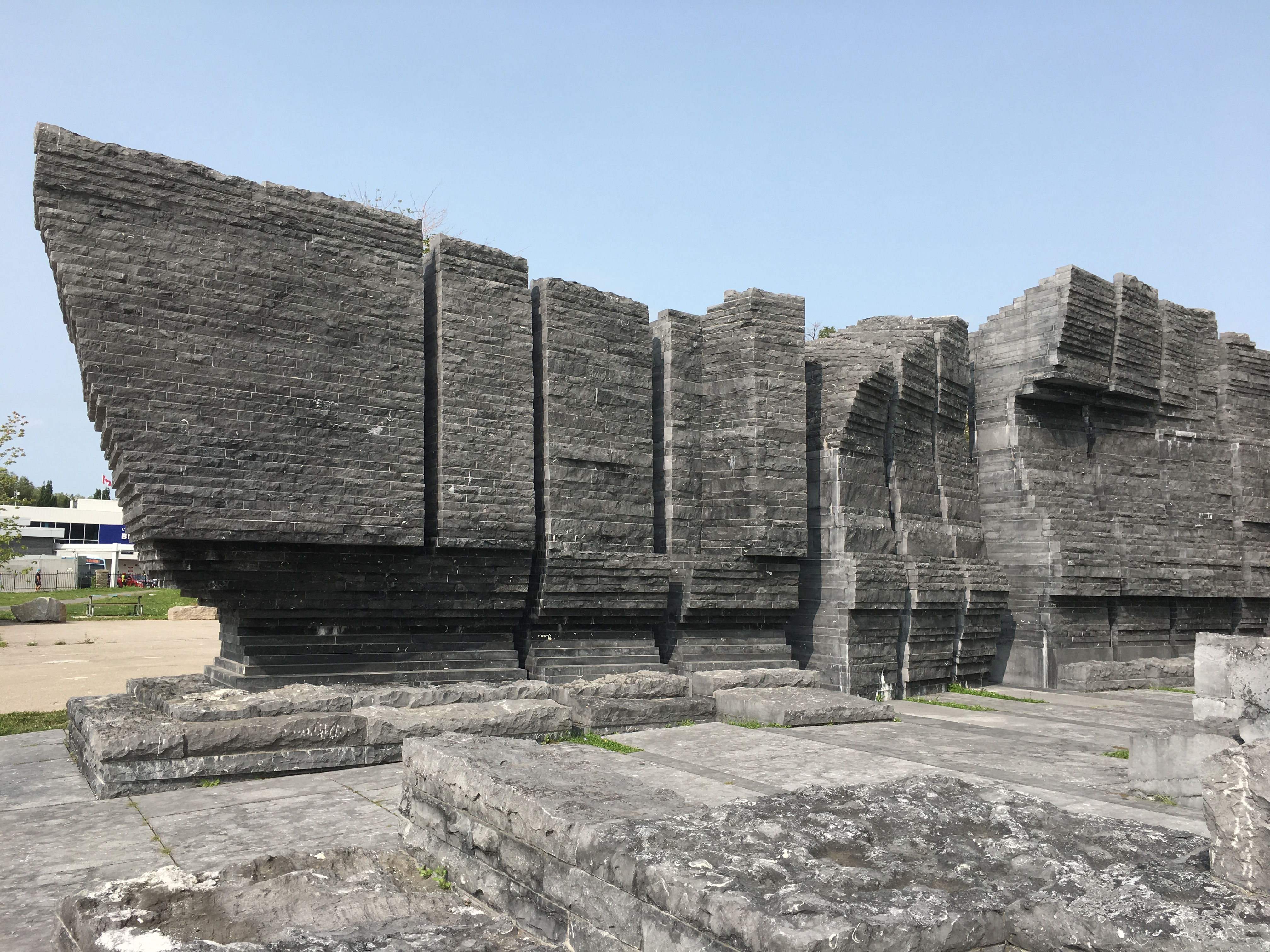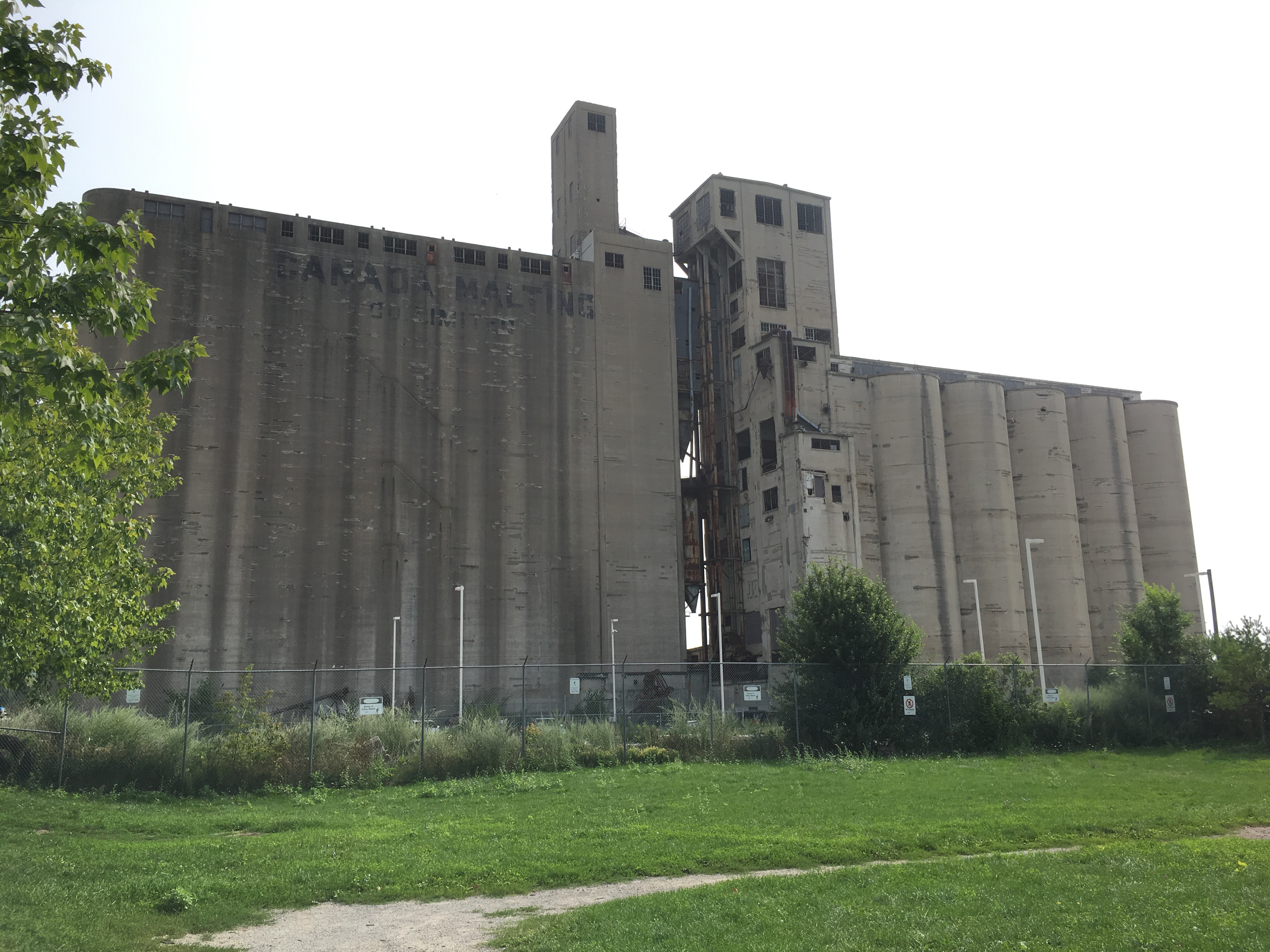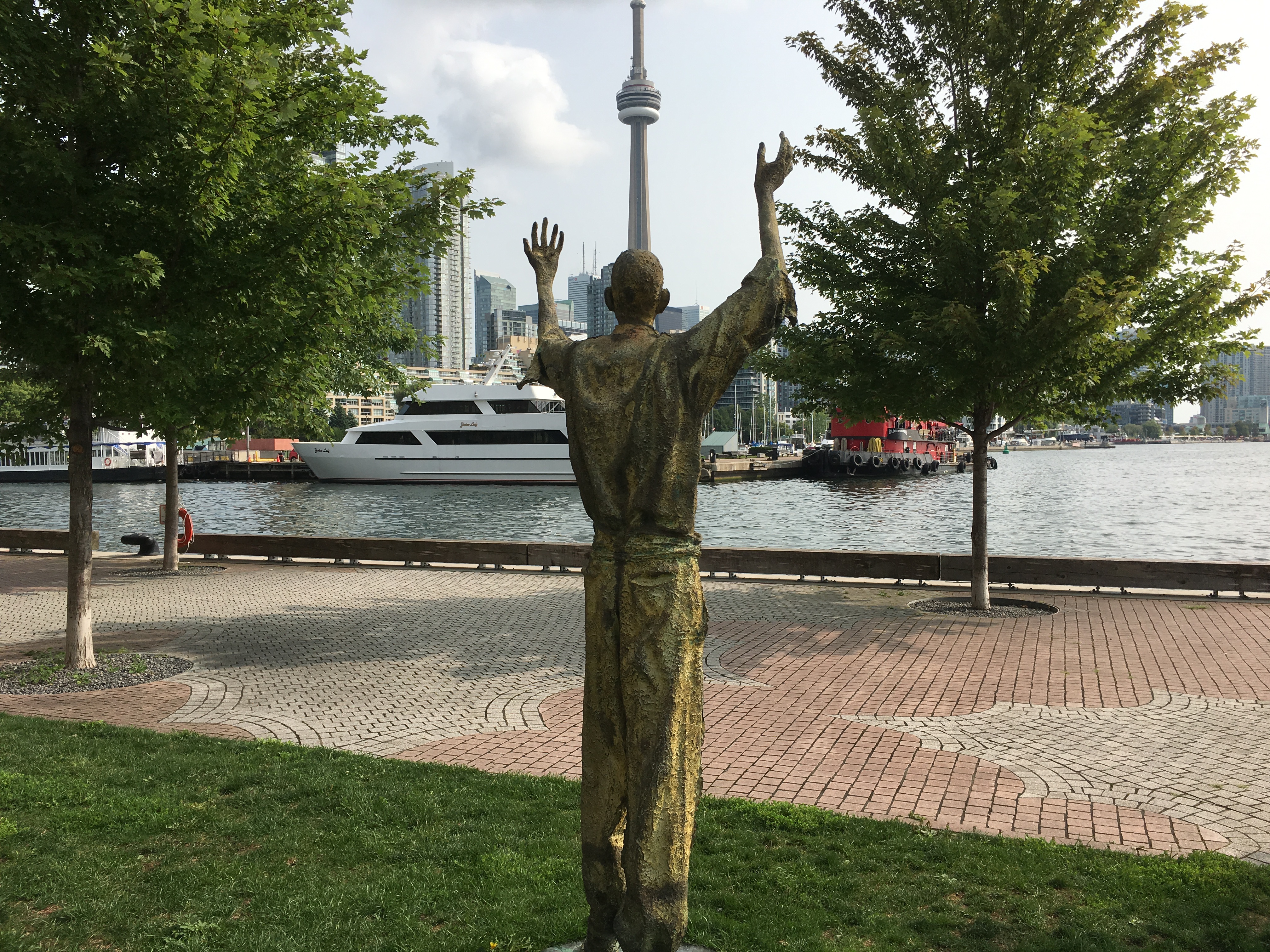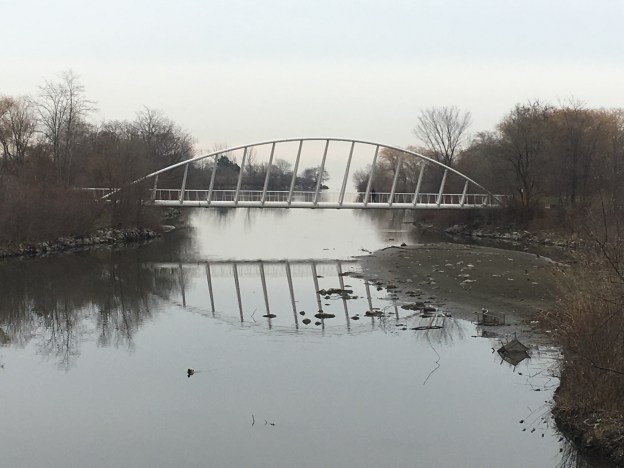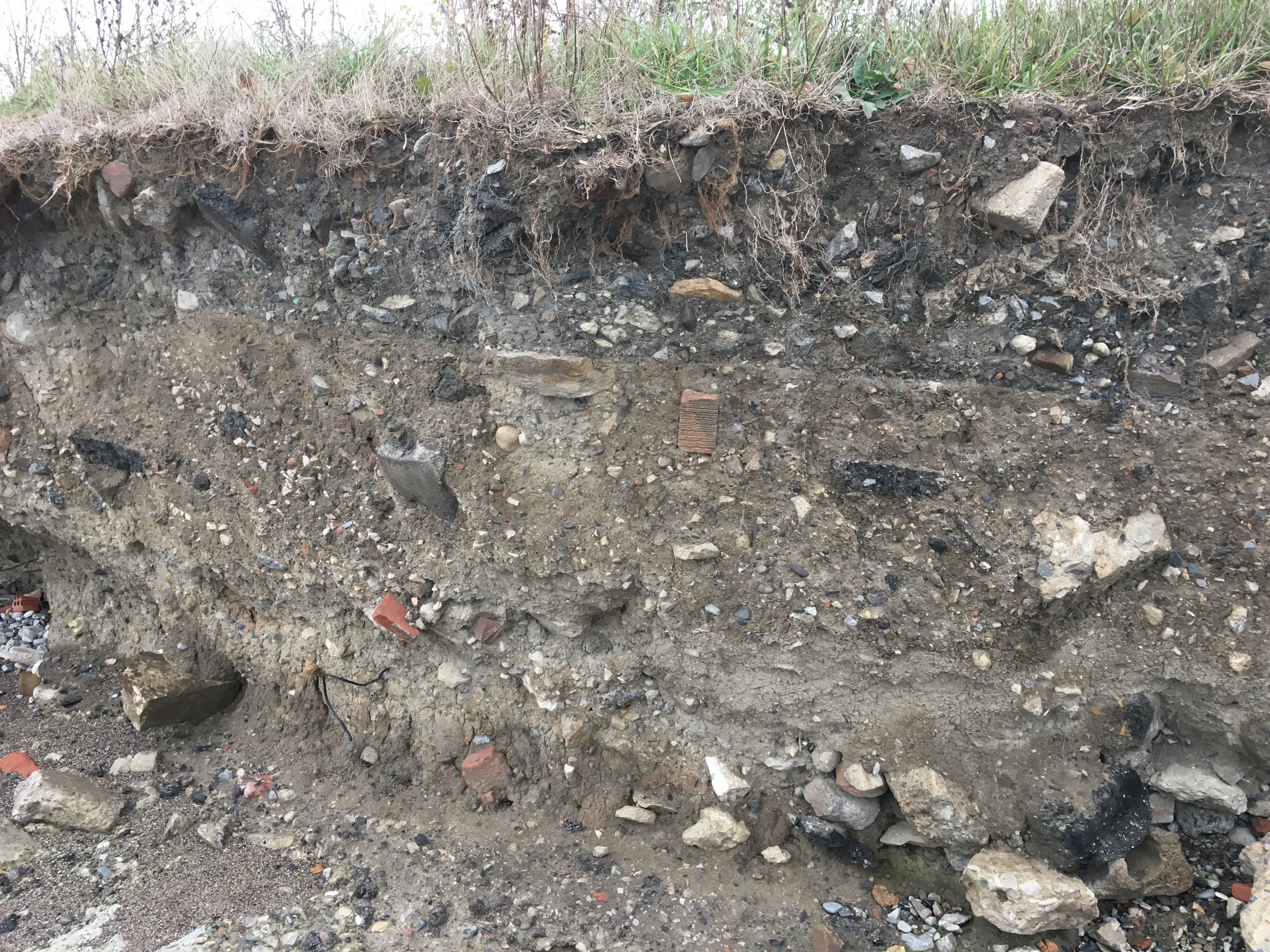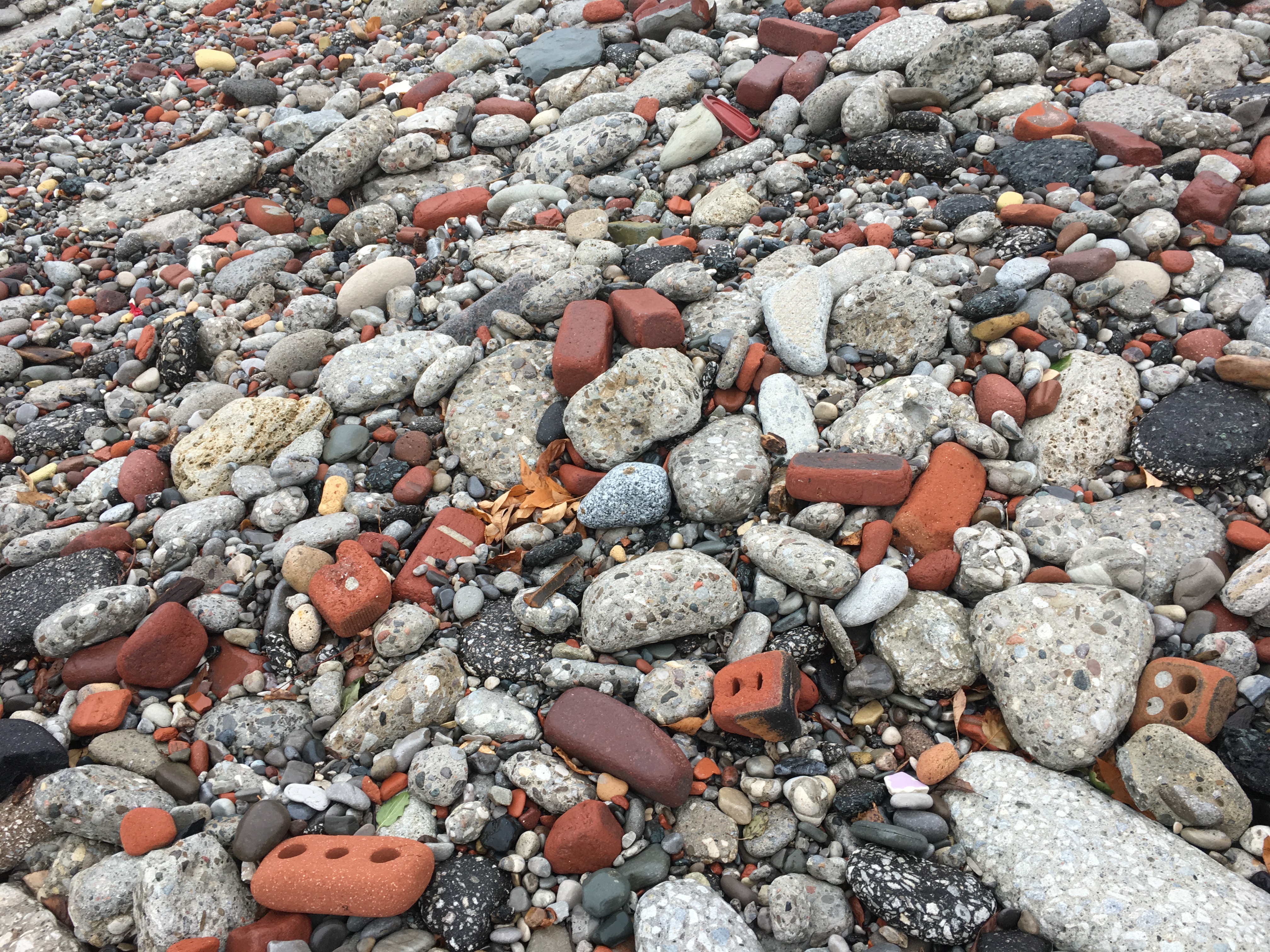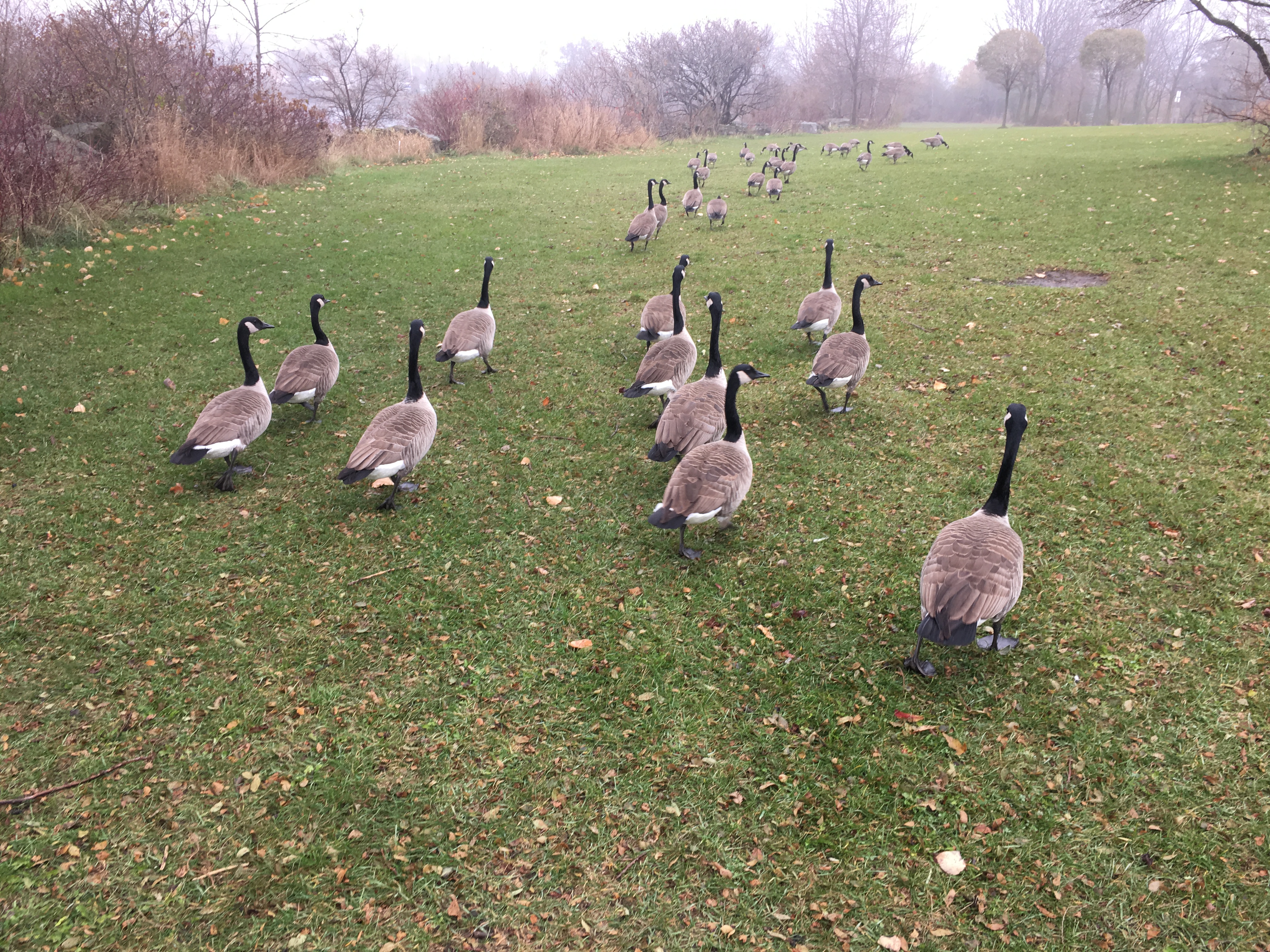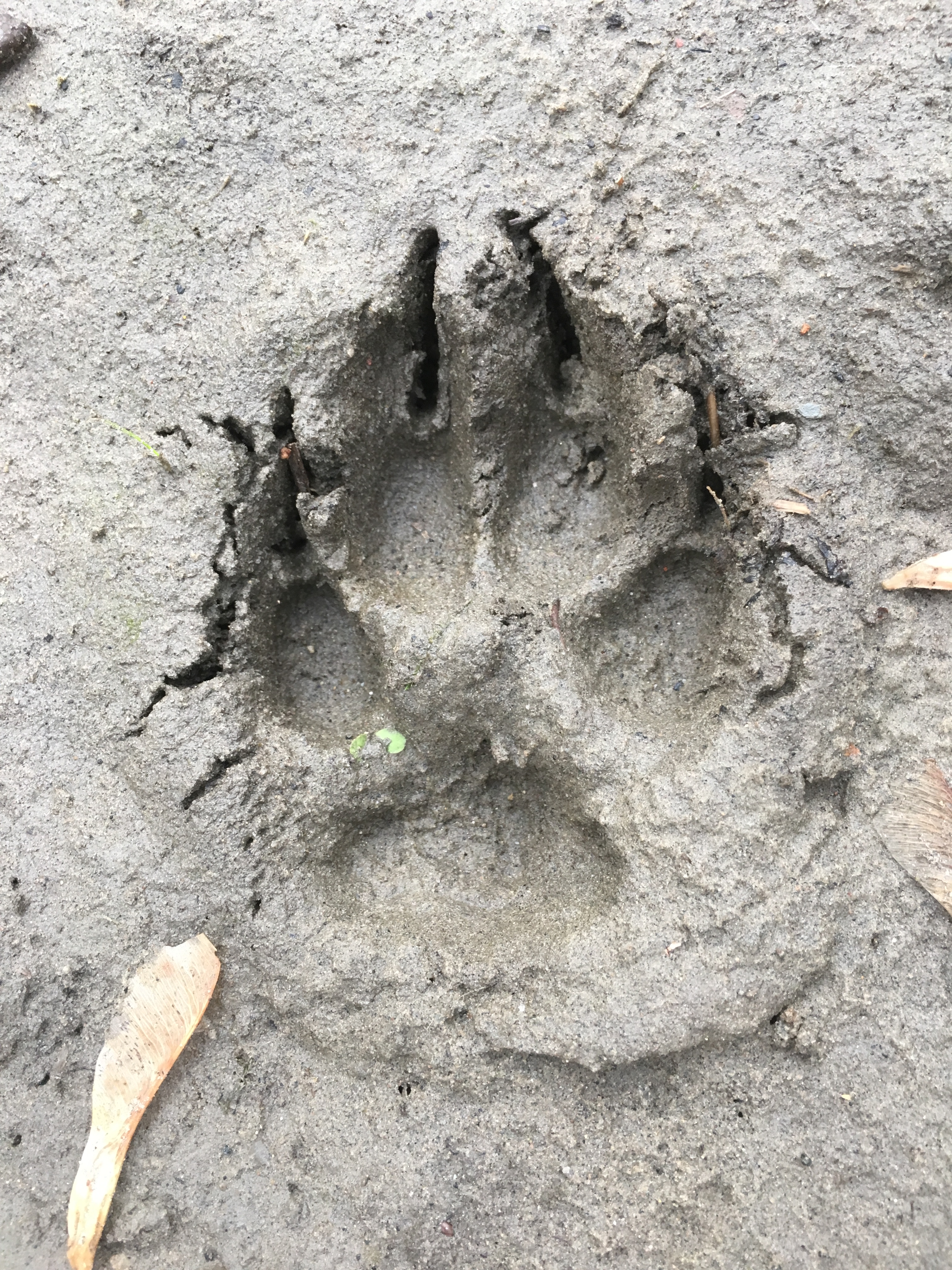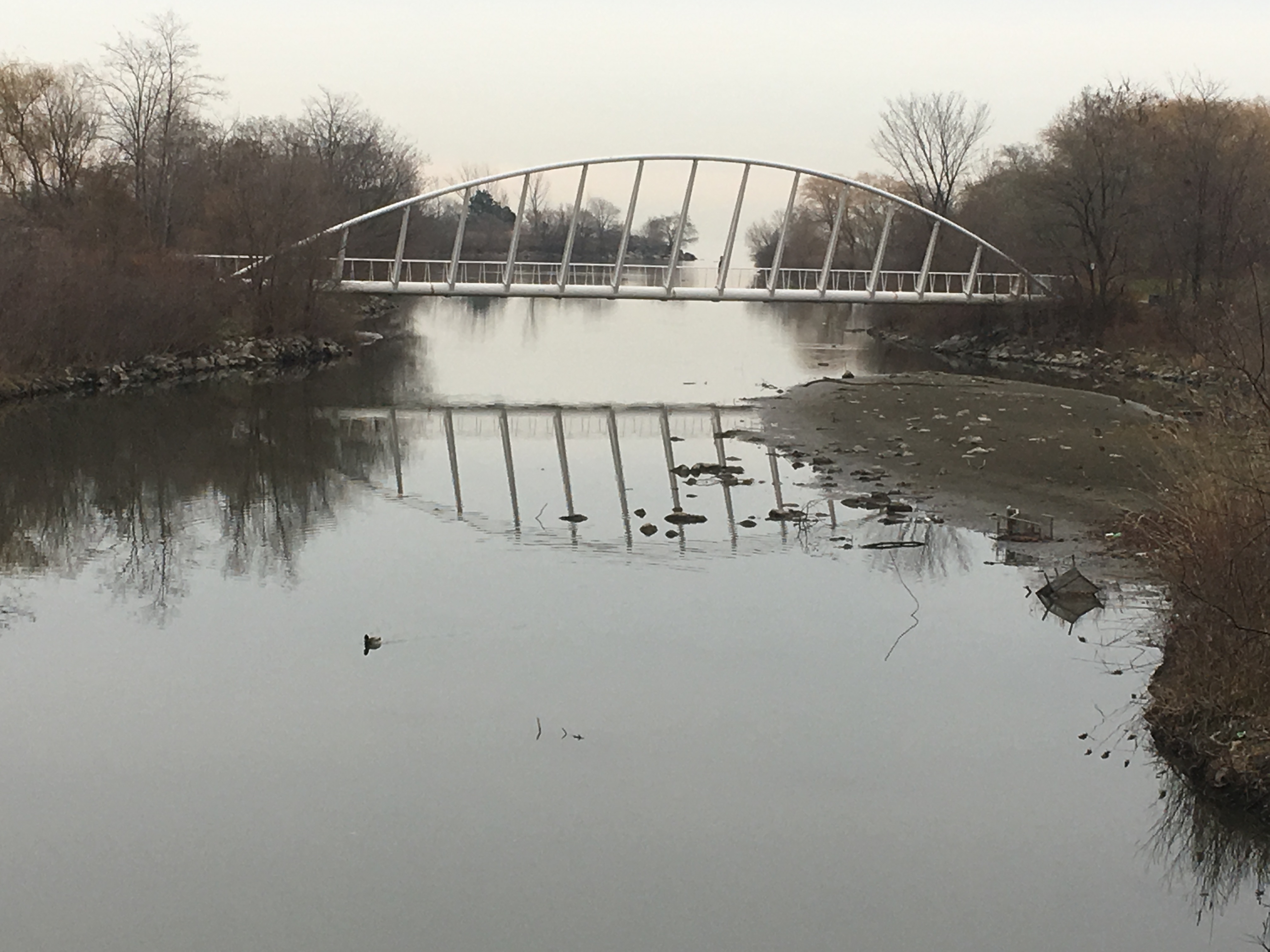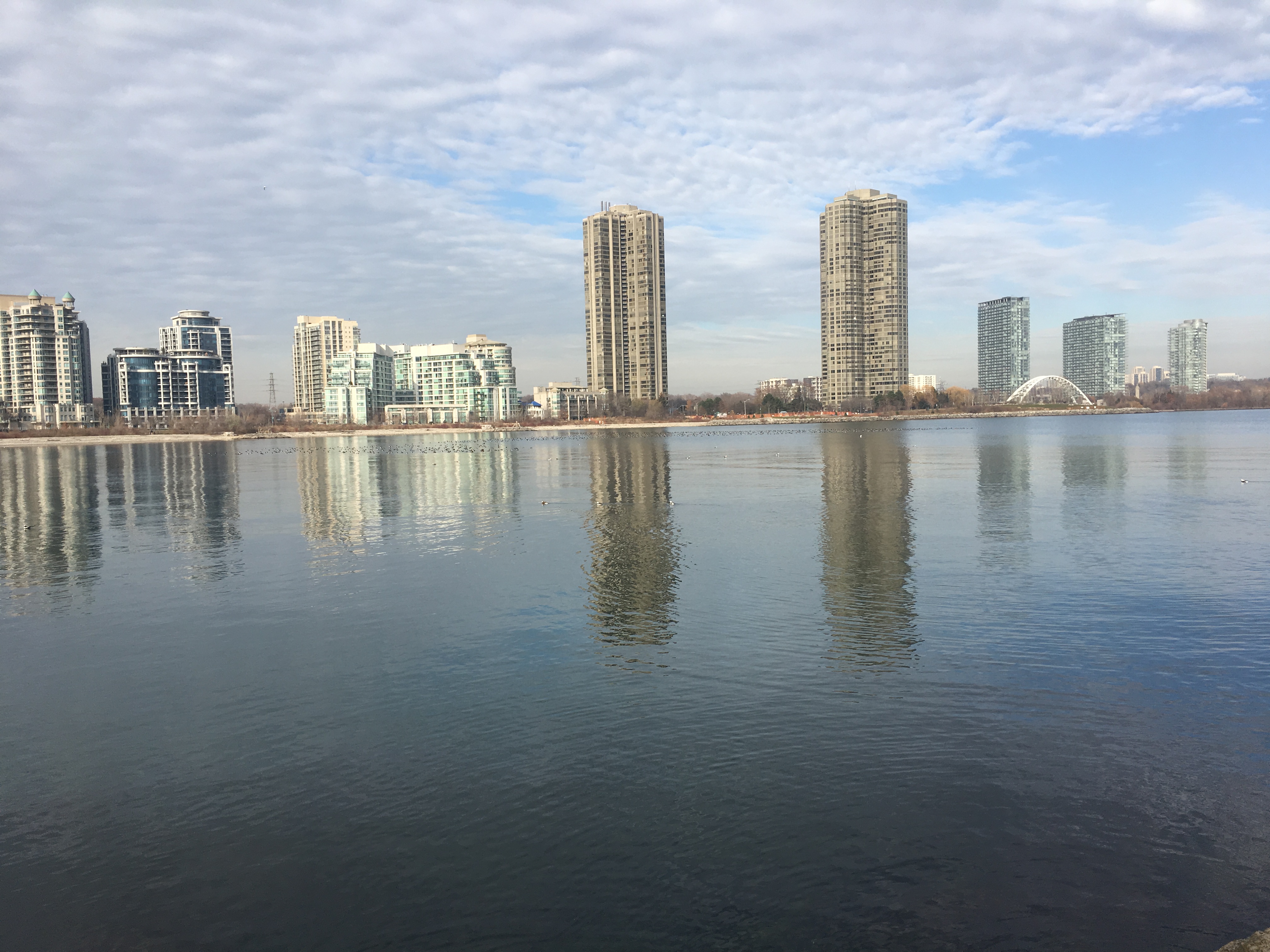September 25, 2022
Toronto has a lengthy stretch of beaches that begin near the foot of Victoria Park Avenue on Silver Birch Beach through to Woodbine Beach near Ashbridges Bay. Along the way the names change through Balmy Beach and Kew Gardens Beach, but they are all connected. They have been created over the years by sand that has eroded from the Scarborough Bluffs and has been carried by the lake in its westward spin. The rotation of the lake is known as Longshore Drift and is influenced by the pressure of the Niagara River that pushes water along the southern shore toward the St. Lawrence River. These beaches have been an attraction for city residents for decades and originally were home to amusement parks such as Victoria Park and Kew Gardens. Today they attract dog walkers, swimmers and those who just want to bake in the sun. The Waterfront Trail runs through the beaches and continues for 3,600 kilometres along the shores of The Great Lakes.
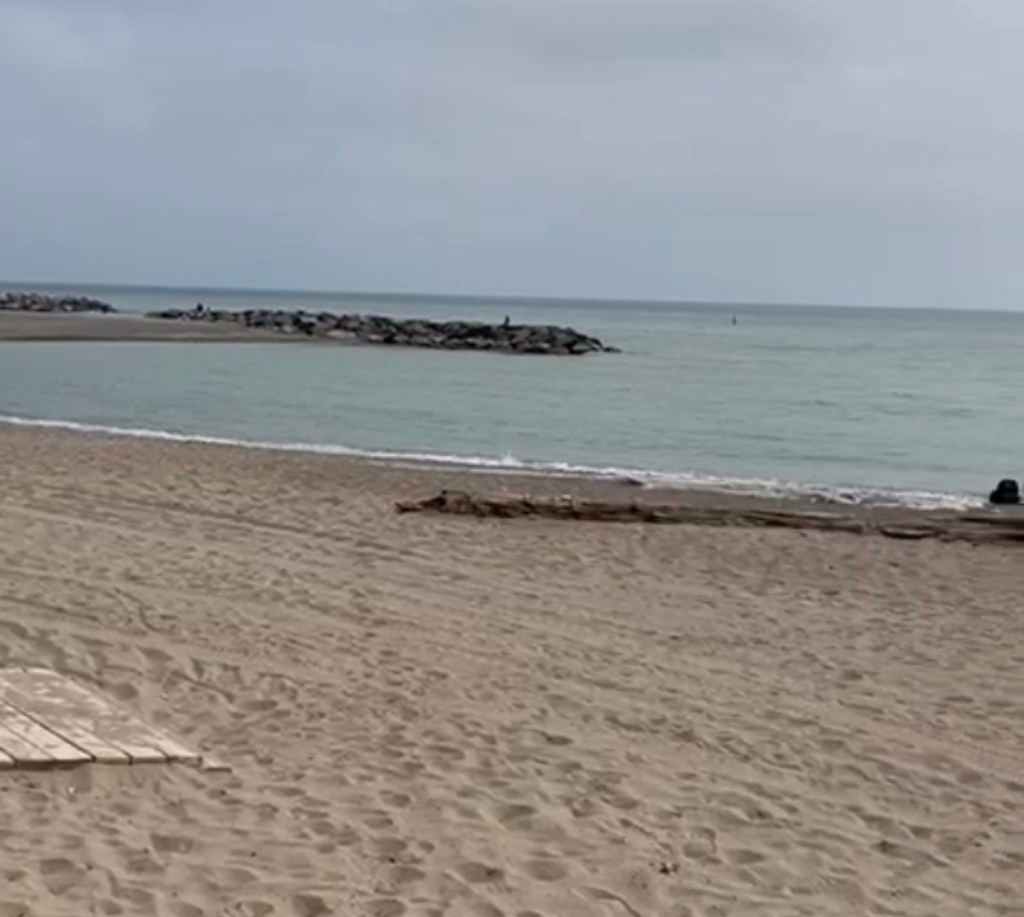
The picture below shows the beaches in April of 1929 when homes and cottages existed close to the water’s edge. As early as 1908 the city had built a wooden boardwalk from Woodbine Beach to Leuty Avenue. Storms in 1929 caused extensive damage and many of the homes had flooded basements. In 1931 and 1932 the city proposed the creation of a permanent boardwalk running from Woodbine Beach all the way to Silver Birch. This would allow for a continuous walk of nearly 5 kilometres. Since then, the boardwalk has been repaired many times and a bicycle and jogging path has been added alongside it.
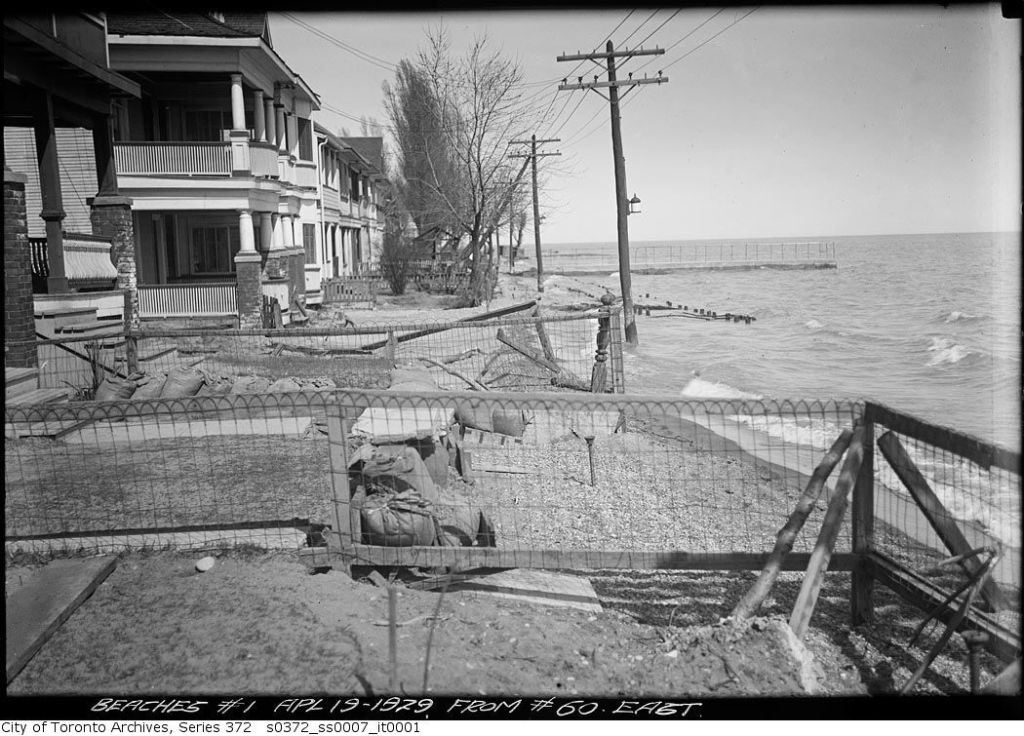
The archive picture below shows people enjoying the early boardwalk along the area of Kew Beach.
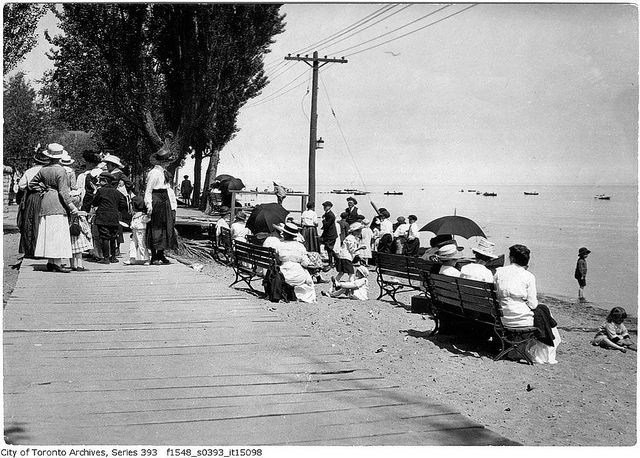
Today, the boardwalk is a destination for many people in the city to enjoy but it wasn’t terribly busy on this September afternoon.
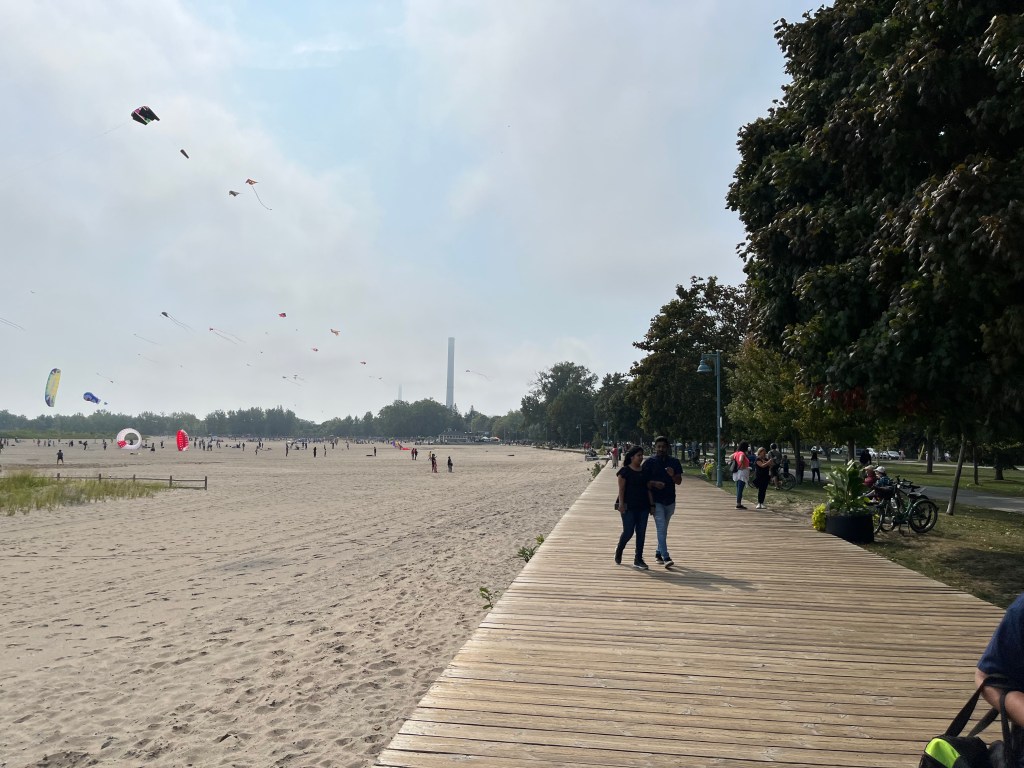
Muskoka Chairs were created in 1903 in the Adirondack Hills in New York with a sloping seat and back and large armrests to allow people to sit in a comfortable reclined position. There are several sets of Muskoka Chairs as well as benches and large pieces of armour stone that provide seating along the beaches.
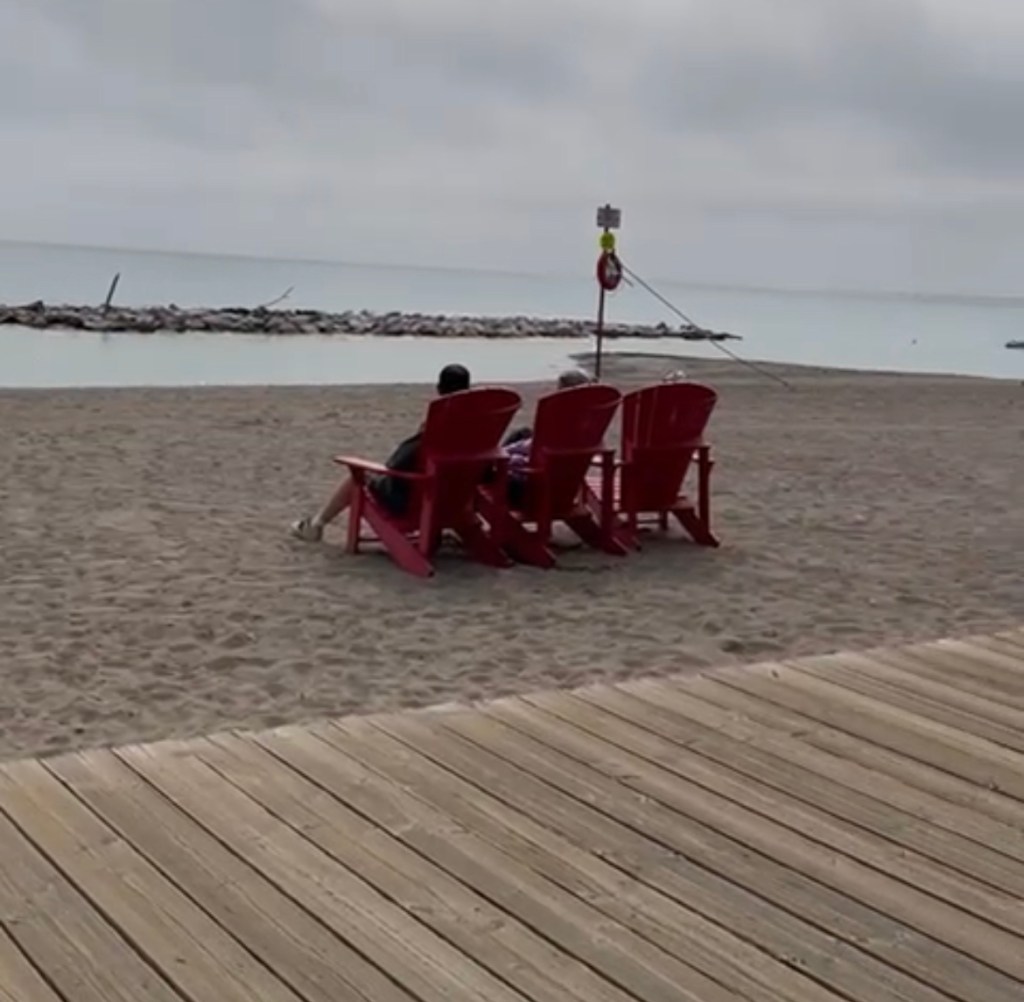
The Leuty Lifeguard Station was built in 1920 and was described in our post Kew Gardens.

We visited the beaches during Windfest 2022 when dozens of kites were being flown on Woodbine Beach. The annual kite flying festival was held on September 17th from 11:00 am to 4:00 pm.

Participants brought their own kites and there was a wide variety from the simple kites to elaborate ones with bright colours and several shaped like various cartoon characters.

There are over 100 volleyball courts at Woodbine Beach. Most of these are subject to usage permits and are dominated by league players. There’s only a few that can be accessed by the public on a “free to use” basis. There is a petition before City Council to change this and make 50% of the courts available for public use. Woodbine Beach also has a nine-hole disc golf course where people can play golf using frisbees that are thrown at metal poles with chains on them. The course had been expanded in November 2021 but complaints that the new section encroached on a sensitive area that is used by migrating birds led to the new section being removed this spring.

The beaches are a great place to relax although there may not be a lot of peace and quiet on some days. During our visit a concert was going on at Woodbine Beach and it was amplified very loudly. Sudden yelling from the microphone caused some of the people on the boardwalk to be startled and made them jump. Someone has created a couple of peace signs and several hearts out of painted rocks. This symbol dates back to 1958 when Gerald Holtom took the semaphore symbols for N and D to create a symbol for Nuclear Disarmament. A semaphore symbol is a system of depicting the alphabet using the arms and two flags.

Parking is available at Woodbine Beach and in various places along Queen Street.
Related posts: Kew Gardens
Google Maps Link: Woodbine Beach Parking
Like us at http://www.facebook.com/hikingthegta
Follow us at http://www.hikingthegta.com
Also, look for us on Instagram



